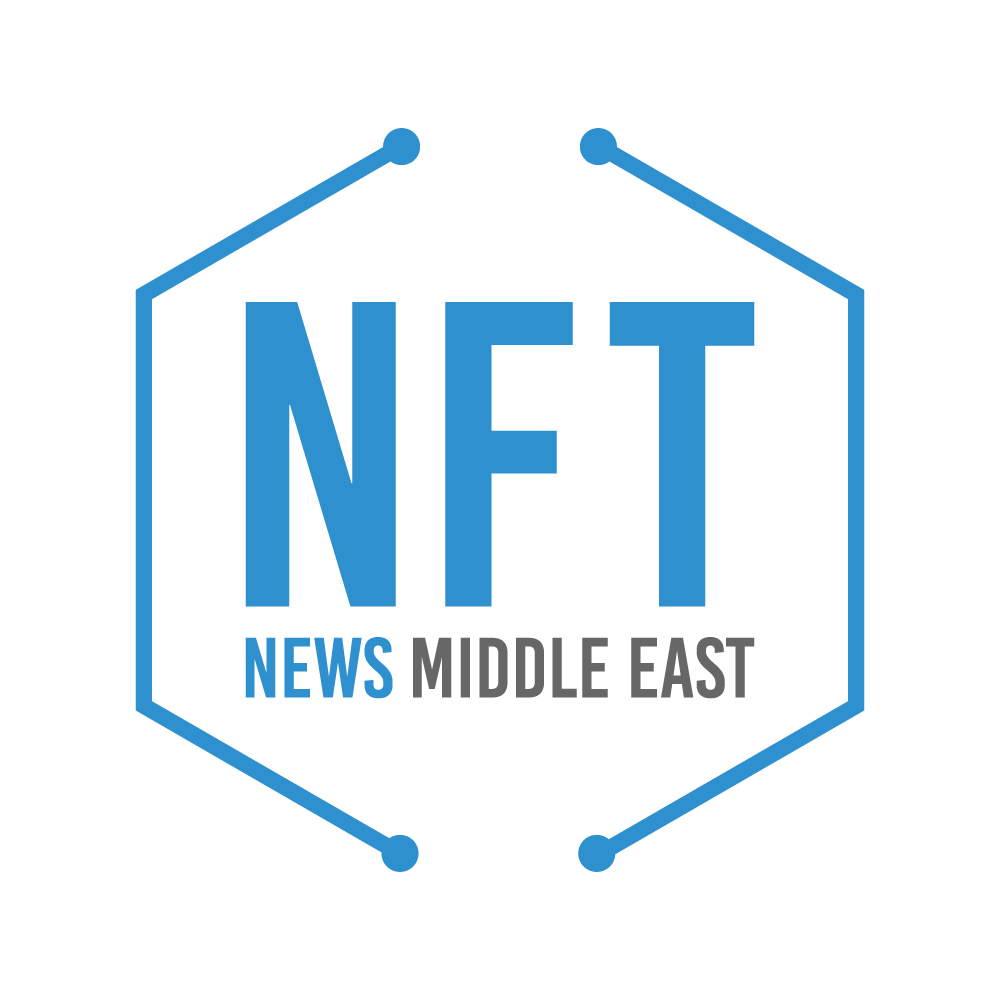The KITE Foundation has announced the completion of its Ozone Testnet along with the launch of its “Fly the Kite” NFT snapshot, marking a key step in its strategy to make Web3 technology more accessible to global users and developers.
KITE says the Ozone Testnet was built to improve transaction speed and reduce development costs for blockchain applications. The foundation reports that performance testing has shown a 40 percent increase in throughput compared to the previous network version, positioning the platform to support a growing ecosystem of decentralised applications.
Alongside the testnet update, the foundation has issued the “Fly the Kite” NFT to early supporters and contributors. These NFTs serve dual purposes: holders gain governance rights, allowing them to vote on future protocol decisions, and they receive early access to staking rewards. The foundation sees this as a step toward deeper community participation and decentralised oversight across the network.
The model mirrors broader shifts in blockchain governance, where institutional interest in protocols such as Ethereum has been growing. Recent large-scale acquisitions of ETH by firms like BitMine underscore confidence in decentralised network models, even amid market fluctuations.
Hybrid consensus architecture to support scalability
KITE’s Ozone Testnet uses a hybrid consensus mechanism, combining proof-of-stake with sharding to increase capacity and support higher volumes of transactions. This architecture echoes ongoing developments in Ethereum’s roadmap, which includes upgrades designed to improve scalability and reduce transaction fees.
By adopting a comparable approach, KITE aims to position itself within the competitive Layer-1 blockchain space, targeting use cases such as AI-driven decentralised finance and global payment systems. The foundation notes that demand for high-performance blockchain networks is rising as financial technology and cross-border payment platforms expand.
Growing focus on Asia and cross-border fintech
KITE has been building partnerships with startups across Asia, a region that has seen rapid growth in digital payments and fintech innovation. Recent industry showcases, such as YeePay’s global enterprise payment solution at ITB Asia, highlight increasing demand for efficient international transaction systems.
The foundation says the Ozone Testnet is designed to support developers building decentralised applications for global markets, particularly those focused on cross-border digital finance and enterprise-grade payment tools.
Navigating regulatory landscape and market volatility
Despite the momentum, KITE faces a competitive market and ongoing regulatory uncertainty in several jurisdictions. Analysts note that established networks remain strong competitors, while shifts in crypto markets — including recent large-scale ETH sell-offs — underscore the risks associated with rapid growth and leverage in the digital asset sector.
KITE says regulatory compliance remains a priority. The organisation has structured its governance model to adapt as laws evolve, aiming to ensure that the network can scale without regulatory disruption.
Roadmap targets 2026 mainnet launch
Looking ahead, KITE plans to launch its mainnet in the first quarter of 2026. The rollout will prioritise enterprise adoption and interoperability with other blockchain systems.
The foundation also intends to introduce AI-based analytics tools to optimise network performance and security. While industry leaders such as Microsoft continue investing heavily in cloud-based AI infrastructure, KITE believes decentralised solutions can play a crucial role in supporting future data-driven technologies.
The foundation says its goal is to provide a flexible and scalable blockchain network that can serve both global enterprises and everyday users, helping unlock wider access to Web3 services over the coming years.
















